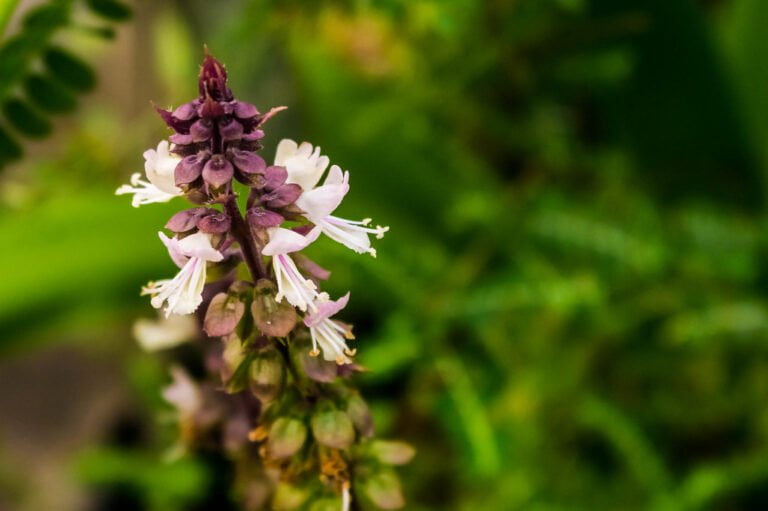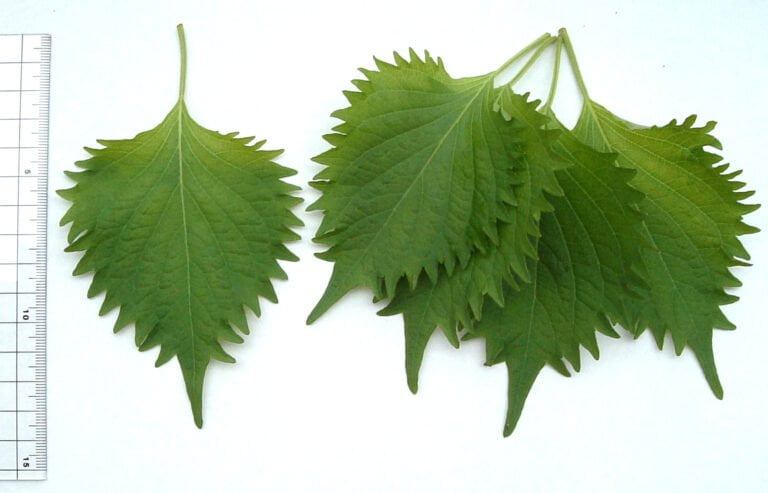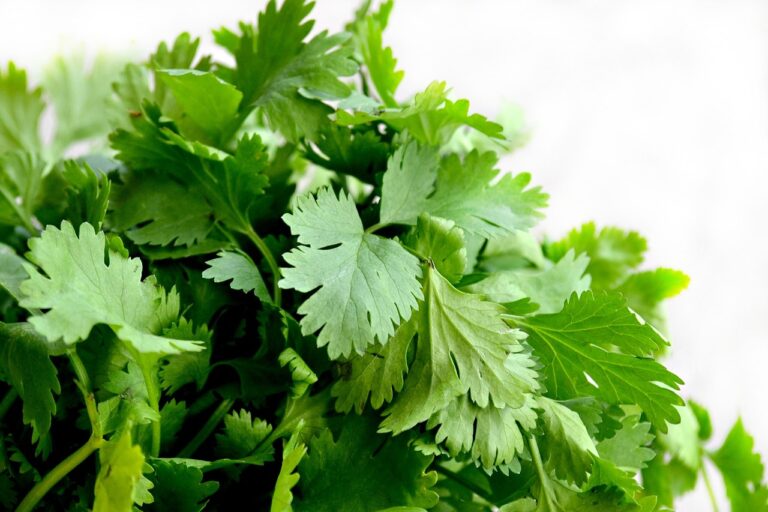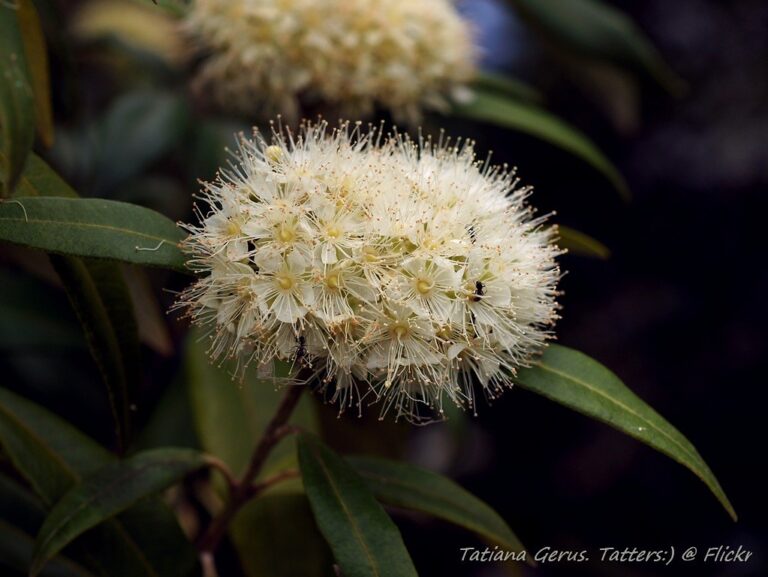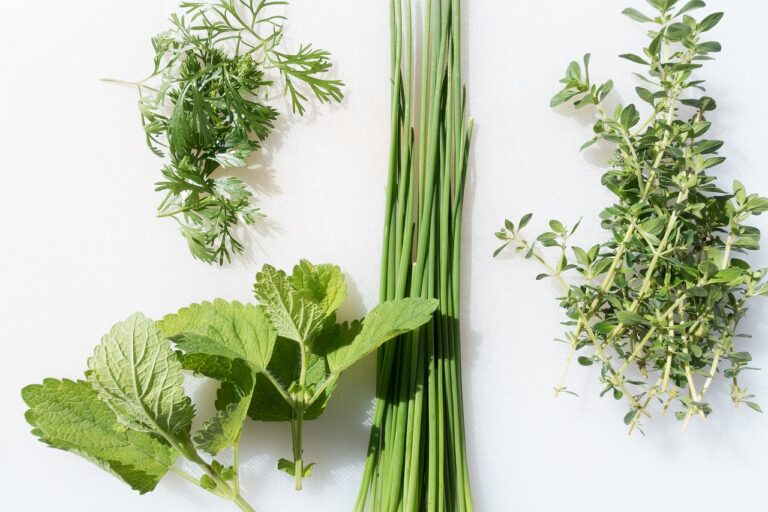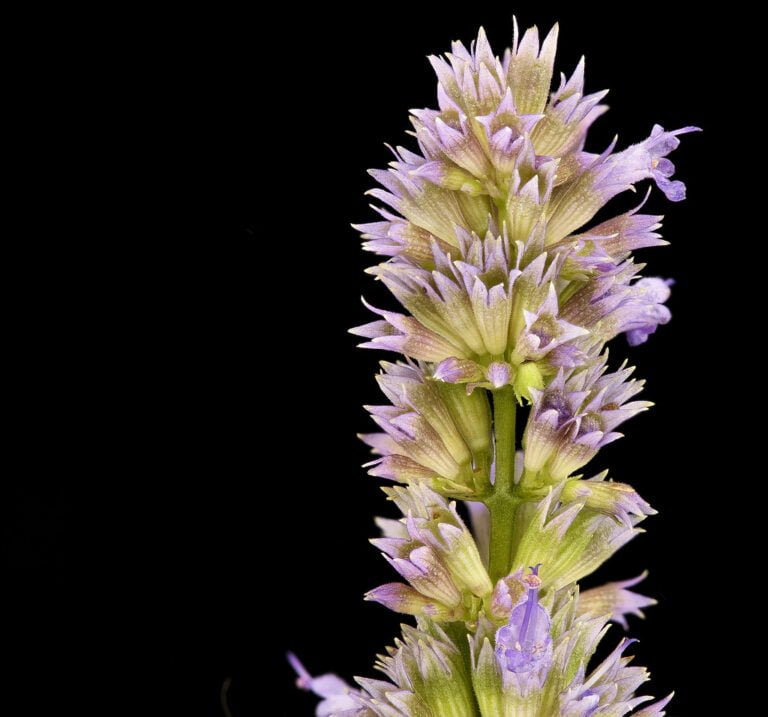Mint
From my experience, mint, a cherished herb with vibrant flavors, has a fascinating history and versatile uses. In culinary creations, it enhances both sweet and savory dishes. Chefs worldwide are exploring innovative ways to enrich dishes with this fresh herb, creating unique fusion flavors. Beyond cooking, mint’s essential oil serves practical purposes like pest control and aromatherapy. Understanding its cultivation and varieties enriches its culinary and aromatic potential. Embracing mint opens a world of culinary and wellness possibilities for those with a passion for flavorful herbs.
History and Culinary Uses
Mint, a versatile herb with a rich culinary history, has been treasured for its vibrant flavor and aromatic qualities since ancient times. Mint‘s latest culinary trends showcase its adaptability in both sweet and savory dishes. From decadent mint chocolate desserts to invigorating mint-infused salads and cocktails, this herb continues to mesmerize taste buds around the world.
In modern cuisine, chefs are experimenting with innovative ways to incorporate mint into their creations. Mint’s latest trend includes using it in fusion dishes, blending its fresh taste with various global flavors to create unique culinary experiences. The herb’s ability to enrich the taste of both traditional and contemporary dishes makes it a staple in kitchens worldwide.
Moreover, mint’s versatility extends beyond the plate, as mixologists are increasingly using it to craft inventive cocktails. From classic mojitos to creative mint-infused beverages, this herb adds a revitalizing twist to any drink. Its aromatic qualities heighten the drinking experience, making mint a beloved ingredient in the world of mixology.
Health Benefits and Traditional Medicine
Exploring the medicinal properties of this aromatic herb reveals a tapestry of health benefits and traditional remedies that have stood the test of time. Mint has a long history in traditional medicine, particularly for its digestive benefits. Ancient Greeks used it to ease stomach and chest pains, showcasing its efficacy even in ancient times. Today, modern research suggests that the menthol found in mint essential oil may help alleviate symptoms of irritable bowel syndrome, making it a valuable ally for digestive health.
- Digestive Benefits: Mint is renowned for its ability to soothe digestive problems and improve overall digestion, making it a go-to remedy for various gastrointestinal issues.
- Antioxidant Properties: Rich in antioxidants, mint can aid in indigestion, freshen breath, and inhibit bacterial growth in the body, promoting overall health and well-being.
- Stress Relief: Medicinally, mint is known to provide stress relief and aid in relaxation, offering a natural way to unwind and find calm amidst the chaos of daily life.
- Cold Symptoms: Mint’s soothing properties extend to relieving cold symptoms, making it a comforting choice during times of illness.
- Menstrual Cramps: Mint has been traditionally used to alleviate menstrual cramps, offering a natural alternative for menstrual discomfort.
While mint offers a variety of health benefits, it’s important to exercise caution, especially when consuming mint oil, to avoid potential risks such as allergic reactions and heartburn.
Practical Applications Beyond Cooking
Exploring the practical applications of mint beyond culinary uses reveals a versatile herb with diverse functionalities in everyday life. Mint’s essential oil is a valuable tool for pest control, effectively deterring insects like wasps, hornets, ants, and cockroaches. Its natural insecticidal properties make it an eco-friendly alternative to harsh chemicals, creating a pest-free environment while adding a revitalizing aroma to the surroundings.
In addition to its pest-repelling abilities, mint serves as a pivotal ingredient in various home remedies. The invigorating and reinvigorating scent of mint is widely used in aromatherapy, finding its way into room deodorizers and essential oils. Furthermore, the medicinal properties of mint have been harnessed for centuries, with menthol from mint essential oil being a vital component in cosmetics and skincare products. Its soothing qualities make it a popular choice for alleviating indigestion, improving digestion, relieving headaches, and providing antibacterial benefits.
Furthermore, mint acts as a natural deodorizer, offering a pleasant fragrance that masks odors effectively. Whether used in household products, personal care items, or simply as a fresh herb in a room, mint can help combat unwanted smells naturally. Its versatility extends beyond the kitchen, showcasing mint as a multi-faceted herb with practical applications that enrich daily living experiences.
Cultivation and Varieties
Thriving best in proximity to water bodies and in cool, moist environments, mint plants exhibit a robust growth pattern characterized by rapid spread through runners and improved propagation via cuttings rather than seeds.
- Growing Techniques: Mint plants are best propagated through stem cuttings to guarantee genetic consistency and faster growth. Regularly pinching back the tips of the stems encourages bushier growth and higher leaf production.
- Soil Requirements: Mints prefer well-draining, fertile soil with a slightly acidic to neutral pH ranging between 6.0 to 7.0. Ample organic matter in the soil aids in moisture retention and nutrient availability, promoting robust growth.
- Climate Preferences: Mint plants thrive in temperate climates with partial shade to full sun exposure. They are sensitive to extreme heat and require consistent moisture to prevent wilting.
- Flavor Profiles: Varieties like peppermint and spearmint boast distinctive flavor profiles, with peppermint offering a bold, cooling sensation and spearmint imparting a sweeter, milder taste. These flavors complement a wide array of culinary creations.
- Culinary Pairings: Mint leaves are versatile additions to various dishes, including salads, sauces, desserts, and beverages. They pair exceptionally well with lamb, fruits like watermelon and berries, chocolate, and dairy products.
Understanding the nuances of mint cultivation, from propagation techniques to flavor profiles, is vital for harnessing the full potential of these aromatic herbs in culinary endeavors.
Mint in Cosmetics and Aromatherapy
Incorporating mint essential oil in cosmetics and aromatherapy enhances the sensory experience with its cooling and invigorating properties. The mint fragrance not only tantalizes the senses but also offers a variety of skincare benefits. In cosmetics, menthol derived from mint essential oil is treasured for its soothing attributes, providing a revitalizing sensation that calms the skin. Mint-infused products like lip balms, lotions, and shampoos deliver a natural and aromatic experience, leaving a subtle minty scent that lingers delicately.
Furthermore, mint’s antimicrobial properties make it a valuable addition to skincare routines, effectively combating bacteria and promoting overall skin health. This botanical powerhouse not only revitalizes the skin but also invigorates the mind. In aromatherapy, mint essential oil is a popular choice for stress relief due to its ability to alleviate tension, improve focus, and induce relaxation. The mint fragrance acts as a mental stimulant, clearing the mind and uplifting the spirit.

